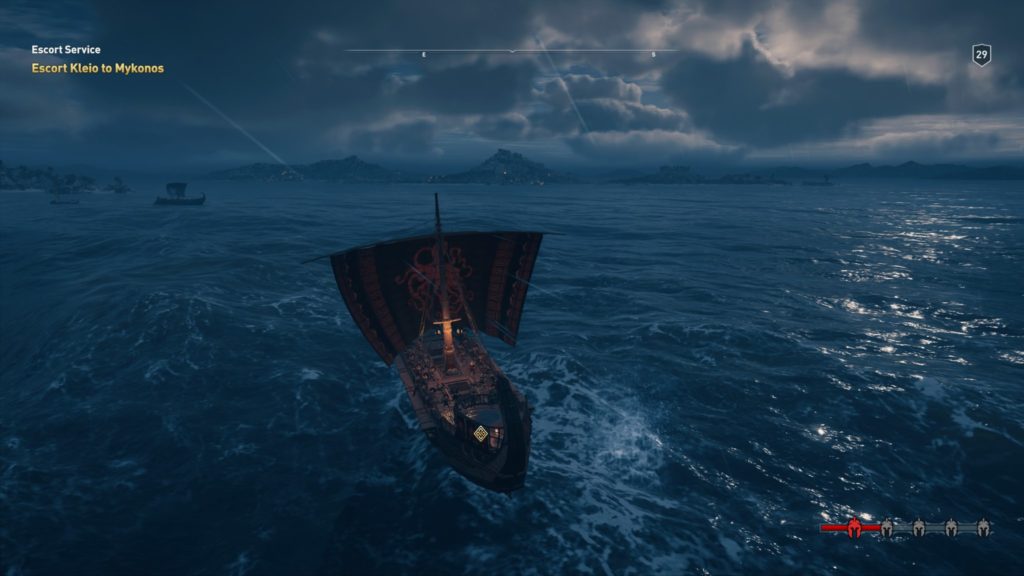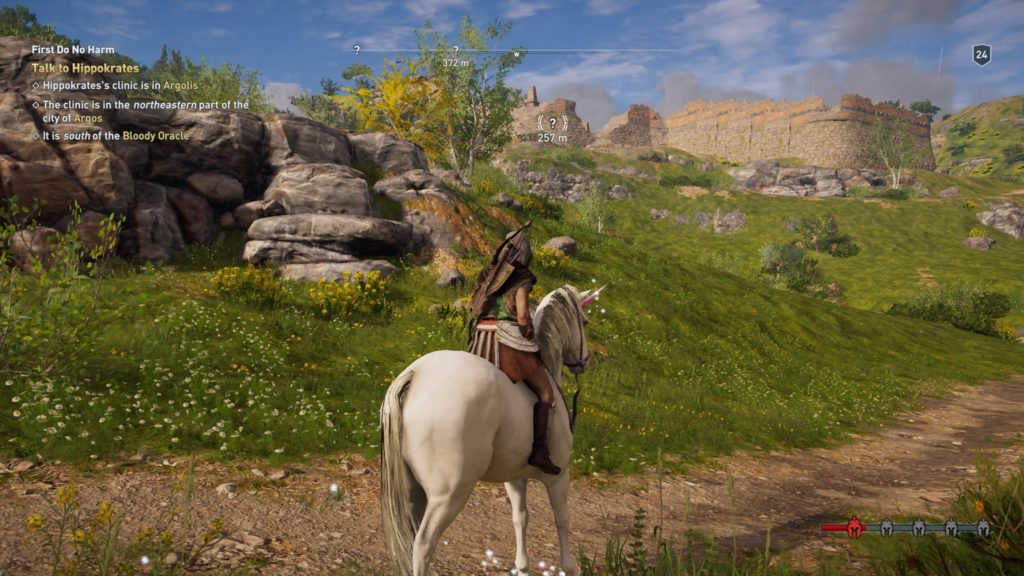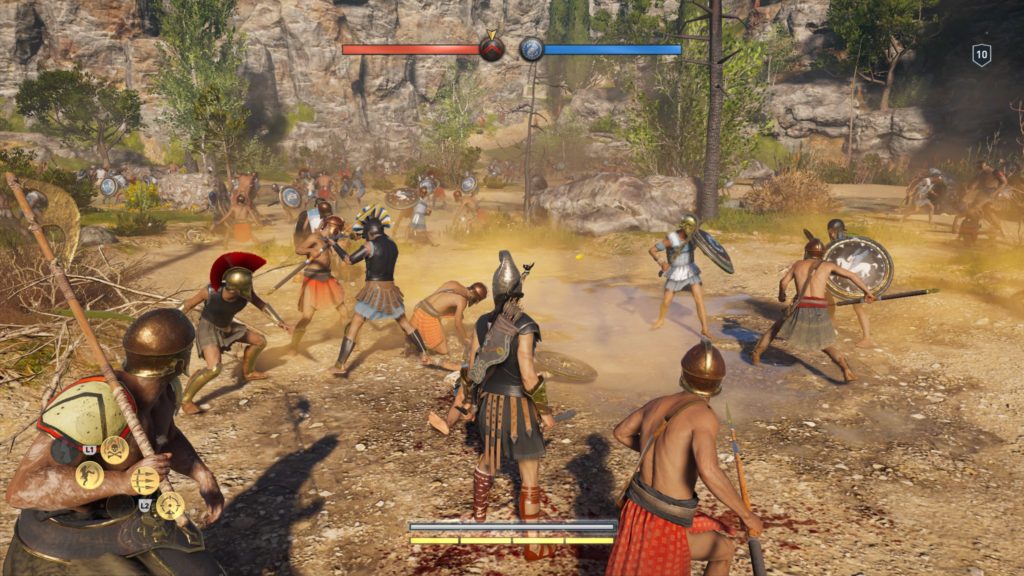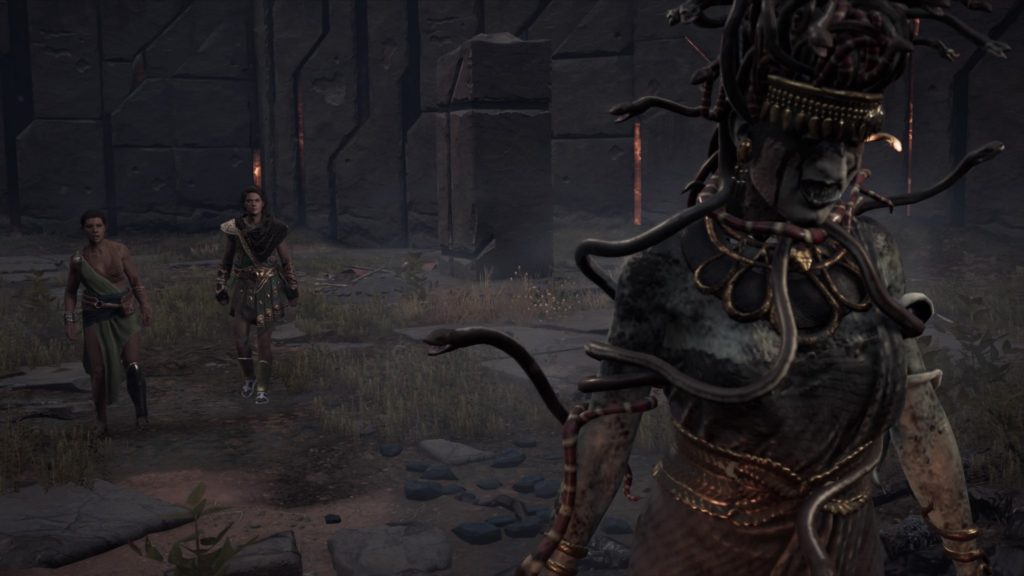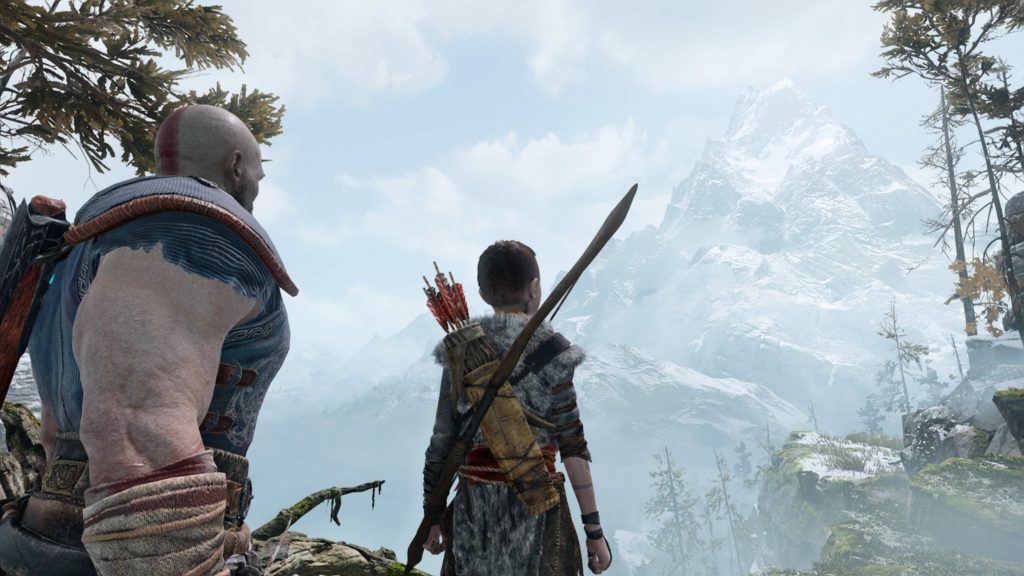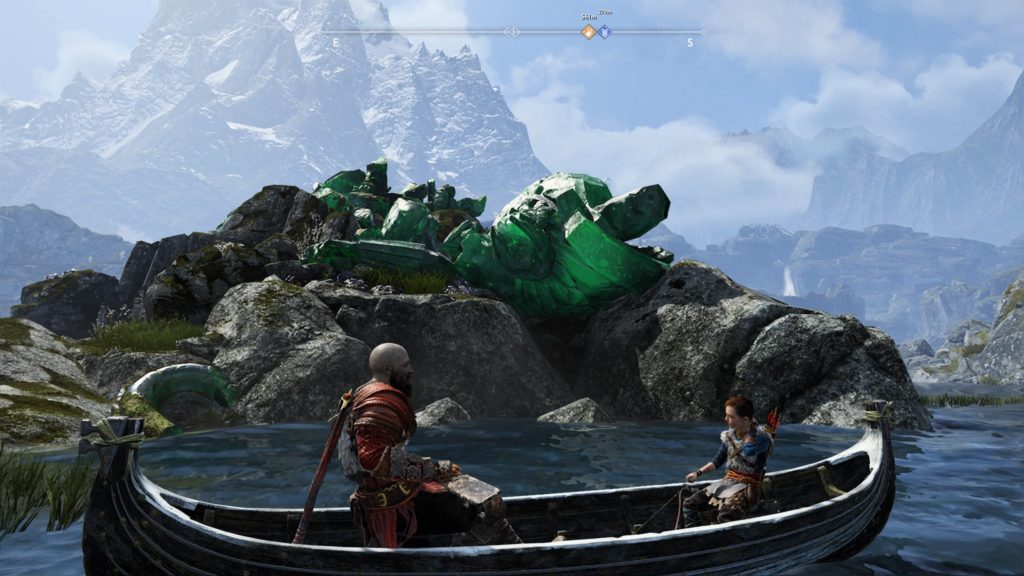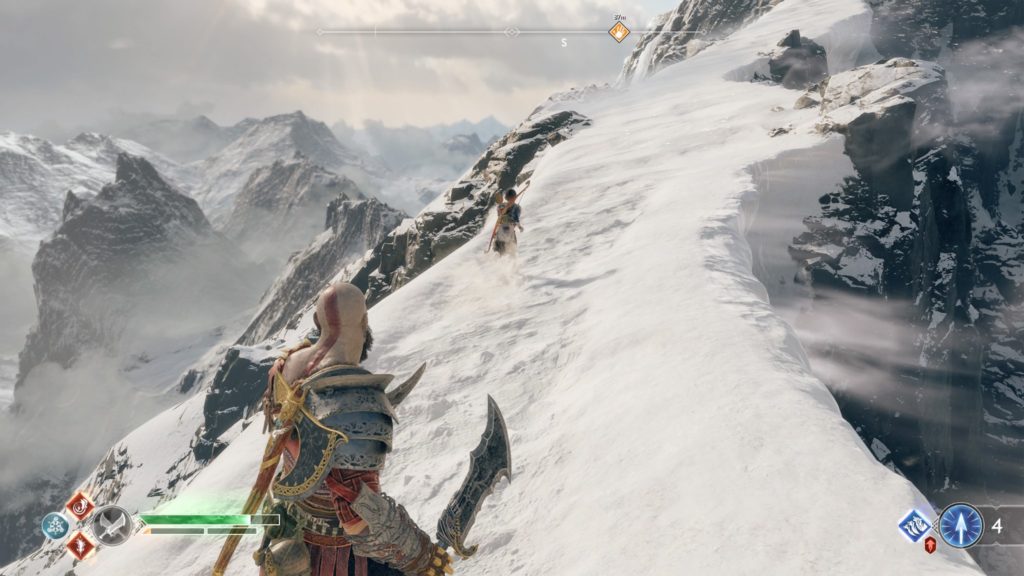- Genre: Action RPG
- Platform: Switch
- Originally released on: DS
- Also available on: iOS, Android
TL;DR
- Input and visual remake ported over from mobile both work fantastically well for a handheld Switch title
- Still one of the most memorable soundtracks for an RPG from the DS’ run
This is a pretty interesting game to play on a second system if you originally played it on the DS. While the story is the same and the gameplay clearly takes its base style from the DS release, in practice it’s a much different experience due to the lack of a second screen. What this ends up being is a mix of nostalgia and new that somehow succeeds just as well as the original did, despite the years in between.
Eat shit now I can drag bikes. pic.twitter.com/nFT3bPOlj3
— Dan Weiss (@schenksmill) March 8, 2019
The obvious starting point here is combat. The original game had two screens of combat, the bottom which juggled manipulation of touch screen elements, and the top which used d-pad button combos to simultaneously attack two different areas at once. Since the top screen is gone, this version goes all-in on the touch elements. That tweet is just a small example where one of the player’s attacks (via equippable pins) involves dragging around environment obstacles to damage enemies. There’s a whole slew of tap, drag, slash, and hold attacks to equip and it’s all up to the player to find a mix that works best for them.
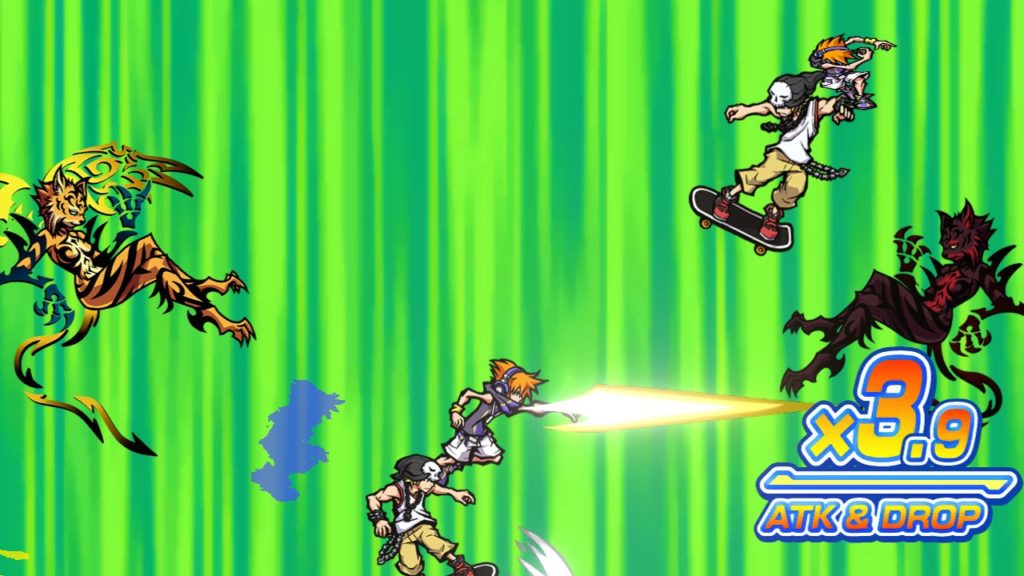
What’s most interesting for me was how they replaced the top screen manipulation. Under normal circumstances, the second party member is now just a normal pin. However, alternating each player’s attacks also builds up a meter that allows for a large combo attack to occur. Importantly, this combo attack also heals the party, so it doubles as a defensive maneuver as well. This completely changes the flow of battles compared to the original.
On the DS, my pattern was generally to switch my focus back and forth between each screen, doing a combo on one screen, moving the character to a safe area, then switching to the other screen. Here the focus is on one spot, and the peak way to fight is to find ways to build out your pin set to allow you to smoothly alternate between each character. In practice, this made my playing style a lot more aggressive than the original release. I was no longer too worried about avoiding damage, and in many cases encouraged taking damage so I could stay in close range. I’d maximize my attack alternation, get my combo built up, heal and do big damage to eliminate everything. It made the entire battle system feel completely new, and meant the loss of the unique second screen gameplay was not a negative.
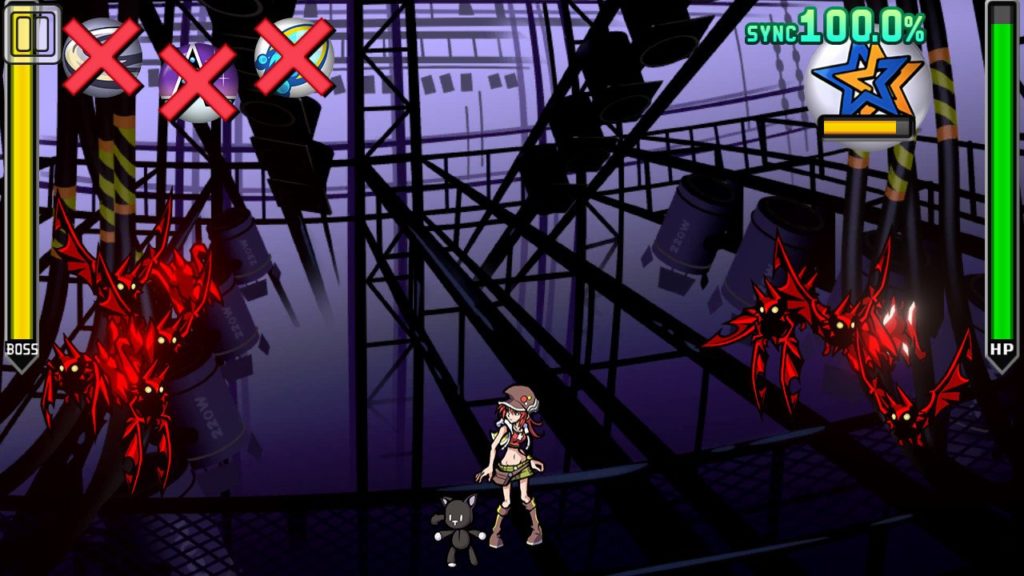
Boss fights do bring in some of the dual-screen mechanics in a good way however. Boss fights in the original game generally revolved around one or the other character having to do specific actions in order to make the boss damageable or expose weak points. In this remake, that happens through transition points where you gain control of one character at a time to activate these actions. In the example above, the fight takes place in a music venue where one character is on the floor fighting the boss, and the second is in the rafters fighting adds to turn on lights to expose the boss. It basically ended up that the boss fights still felt really familiar and brought in some of the solid dual screen gameplay in a way that didn’t feel forced.
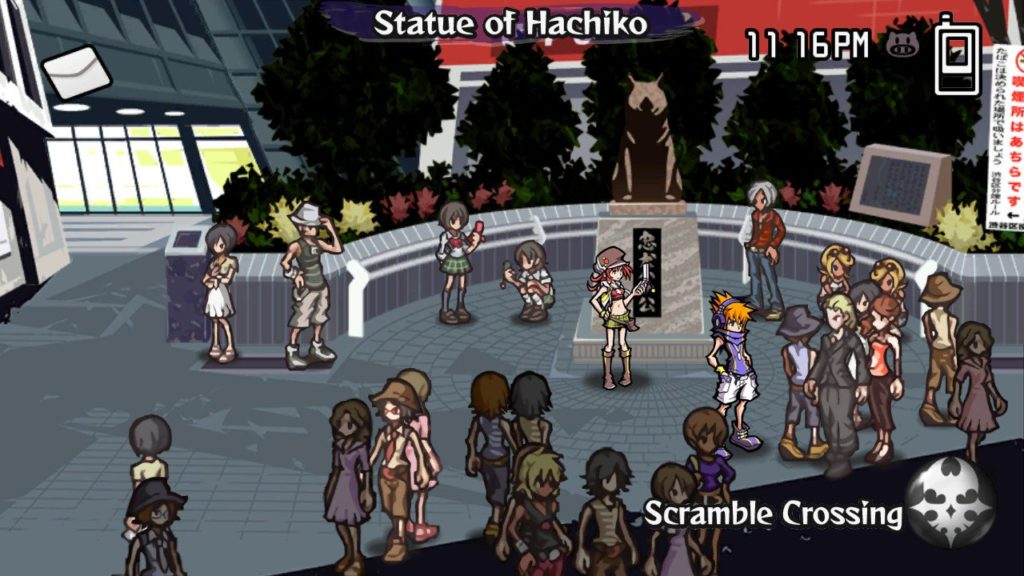
I suppose the short version here is that this is a game worth playing. I put way more hours into the DS version than I care to admit, and even for me playing this in the new format was a treat. The mix of old and new gameplay styles from the DS and mobile versions still left me playing an RPG that feels like nothing else on any system. The story was still super engaging, and the soundtrack is one of the best RPG soundtracks I’ve ever heard. If there’s anything I’d hold against this, it’s that playing it in anything other than handheld mode is a terrible idea, but I think it’s worth pulling that Switch over to your lap to give this one a whirl.


